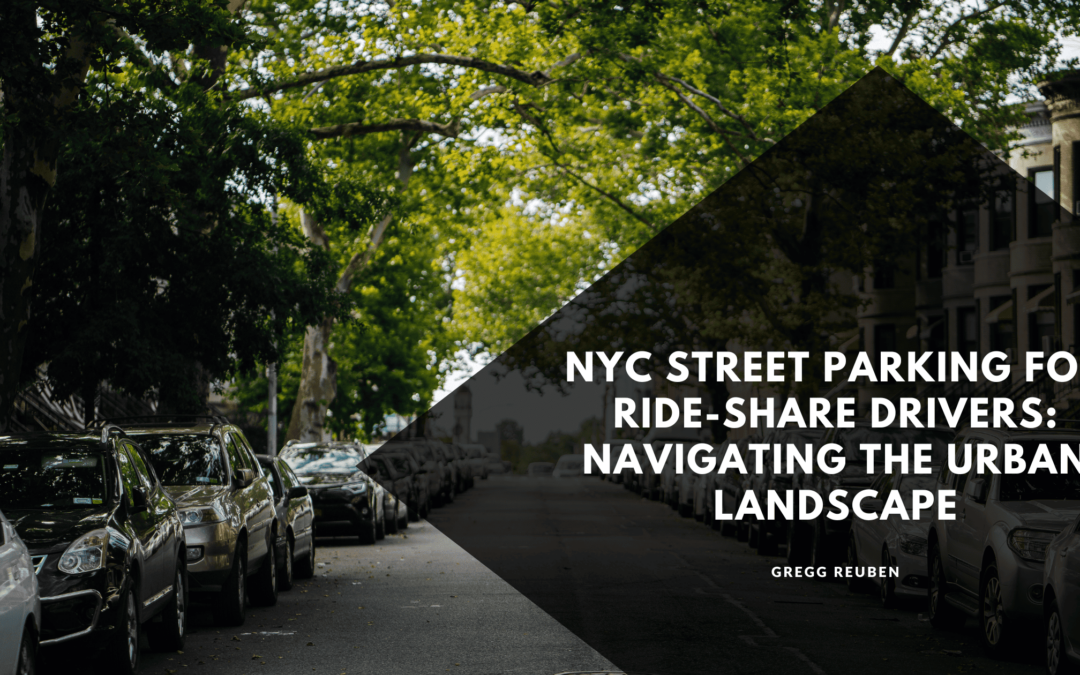As one of the busiest cities in the world, New York City (NYC) presents unique challenges for ride-share drivers navigating its bustling streets. Street parking, in particular, can be a complex endeavor, requiring drivers to navigate through a maze of regulations, restrictions, and competition for limited space. In this article, we’ll explore some strategies and considerations for ride-share drivers seeking street parking in NYC.
Understanding Regulations:
NYC has stringent parking regulations enforced by the Department of Transportation (DOT) and the New York Police Department (NYPD). It is crucial for ride-share drivers to acquaint themselves with the rules to avoid any fines or penalties. Regulations may vary depending on the borough, street cleaning schedules, and designated parking zones such as commercial loading zones and taxi stands.
Utilizing Parking Apps:
Several smartphone apps can assist ride-share drivers in finding available street parking spots in NYC. These applications offer up-to-date information about parking availability, regulations, and pricing in real time. Some popular options include SpotAngels, ParkWhiz, and ParkMobile. By leveraging these tools, drivers can save time and reduce frustration by identifying suitable parking spots more efficiently.
Strategic Timing:
Timing is crucial when it comes to street parking in NYC. Drivers should be aware of street cleaning schedules, alternate side parking regulations, and peak parking demand periods. Planning trips during off-peak hours or avoiding areas with heavy traffic congestion can increase the likelihood of finding parking spaces more easily. Additionally, early mornings or late evenings offer better opportunities for securing street parking in certain neighborhoods.
Being Mindful of Restrictions:
NYC imposes various parking restrictions that ride-share drivers must adhere to. These may include no-parking zones, fire hydrant clearances, bus lanes, and designated bike lanes. Ignoring these restrictions can result in fines, towing, or damage to vehicles. Ride-share drivers should always prioritize safety and compliance with local regulations to maintain a positive reputation and avoid legal consequences.
Alternative Parking Solutions:
In addition to street parking, ride-share drivers can explore alternative parking solutions in NYC. This may include utilizing parking garages, private lots, or designated ride-share pick-up and drop-off zones. While these options may incur additional costs, they offer the convenience of guaranteed parking spaces and reduced risk of parking violations.
Building Relationships:
Developing relationships with local businesses, parking attendants, or building managers can also be beneficial for ride-share drivers seeking parking in NYC. Some establishments may offer discounted or complimentary parking for frequent customers or service providers. By fostering positive connections within the community, drivers may gain access to exclusive parking arrangements or insider tips on parking opportunities.
Navigating street parking as a ride-share driver in NYC requires a combination of knowledge, planning, and resourcefulness. By understanding parking regulations, utilizing technology, strategic timing, and exploring alternative solutions, drivers can effectively navigate the urban landscape and optimize their parking experience in a city that never sleeps.

